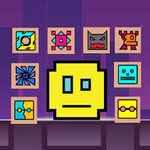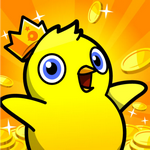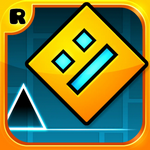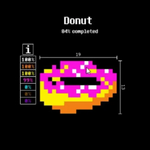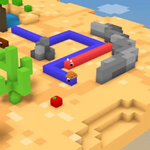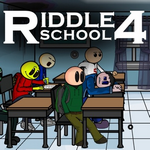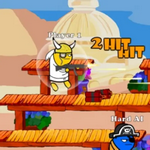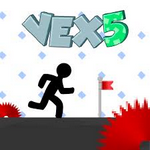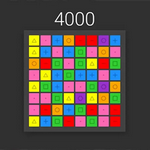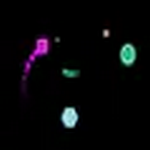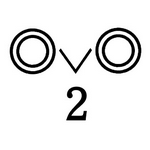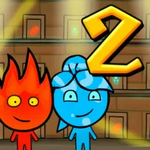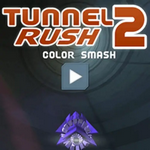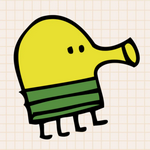
geo dash 2 Unblocked
## Geometry Dash 2: A Sequel That's Still a Leap of Faith
Geometry Dash, the rhythm-based platformer that captivated millions with its challenging gameplay and addictive soundtrack, has spawned a highly anticipated sequel: Geometry Dash 2.0. While not a complete overhaul, the sequel builds upon the original's formula, adding new features and refinements while retaining the core essence that made the first game so popular. But does it successfully navigate the treacherous terrain of expectations?
The most immediately noticeable change is the visual upgrade. Geometry Dash 2.0 boasts improved graphics, smoother animations, and a more vibrant color palette. The levels themselves are more detailed and visually impressive, particularly noticeable in the updated particle effects and lighting. This enhanced visual fidelity doesn't compromise the game's signature minimalist aesthetic; it simply enhances it, making the experience more engaging.
However, the core gameplay remains remarkably similar. Players still navigate a series of increasingly difficult levels, timing their jumps and movements to the beat of the music. Precision is paramount, demanding near-perfect reflexes and a keen understanding of rhythm. This familiar gameplay loop is, for many, a significant part of Geometry Dash's charm. The challenge remains incredibly steep, offering a rewarding sense of accomplishment upon completing even the simplest levels.
New features introduced in Geometry Dash 2.0 include:
* Expanded Level Editor: The level editor, a cornerstone of the original's longevity, receives a significant boost. New objects, tools, and options provide players with greater creative control, enabling them to build even more intricate and challenging levels. The sharing functionality is also improved, making it easier to discover and play user-created content.
* New Game Modes: While the core gameplay remains untouched, Geometry Dash 2.0 hints at the introduction of new game modes in future updates. This potential expansion suggests a commitment to keeping the experience fresh and exciting for long-term players.
* Improved User Interface: The user interface has been streamlined, making navigation and level selection more intuitive. This small but significant improvement enhances the overall user experience.
However, Geometry Dash 2.0 isn't without its drawbacks. Some players have expressed concerns about the game's monetization, with some features requiring in-app purchases. The difficulty curve, while characteristic of the series, remains extremely steep, potentially discouraging new players. The lack of immediate revolutionary changes might also disappoint those hoping for a more drastic departure from the original.
Conclusion:
Geometry Dash 2.0 isn't a revolutionary leap, but it's a solid evolution. It builds upon the foundation of its predecessor, refining existing mechanics and adding new features that enhance the overall experience. While the monetization and steep learning curve might be deterrents for some, the improved visuals, expanded level editor, and the potential for future content updates make it a worthwhile experience for fans of the original and newcomers alike willing to embrace the challenge. It’s a test

